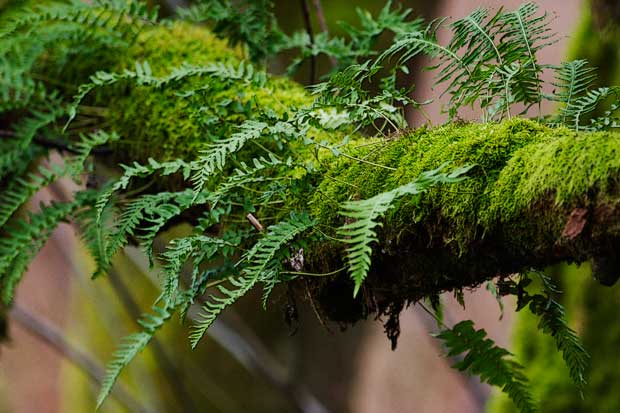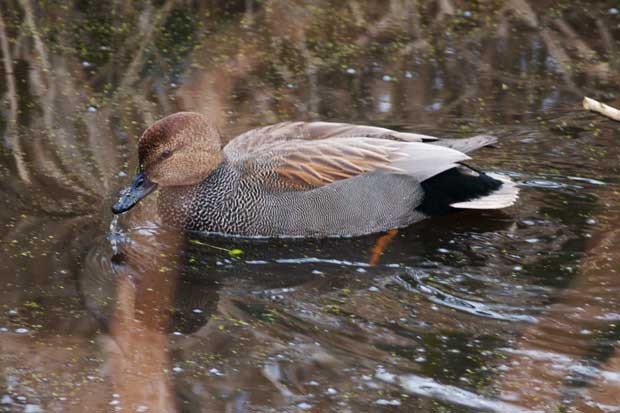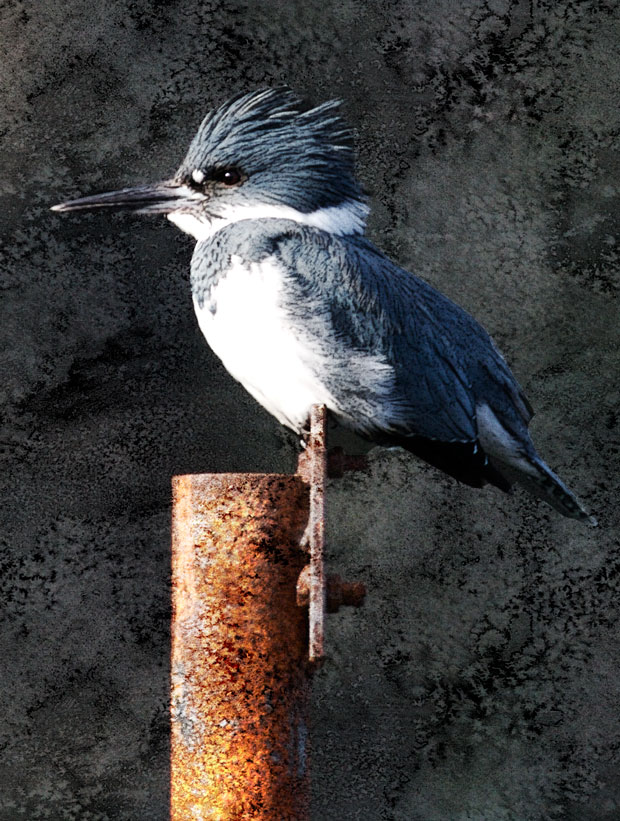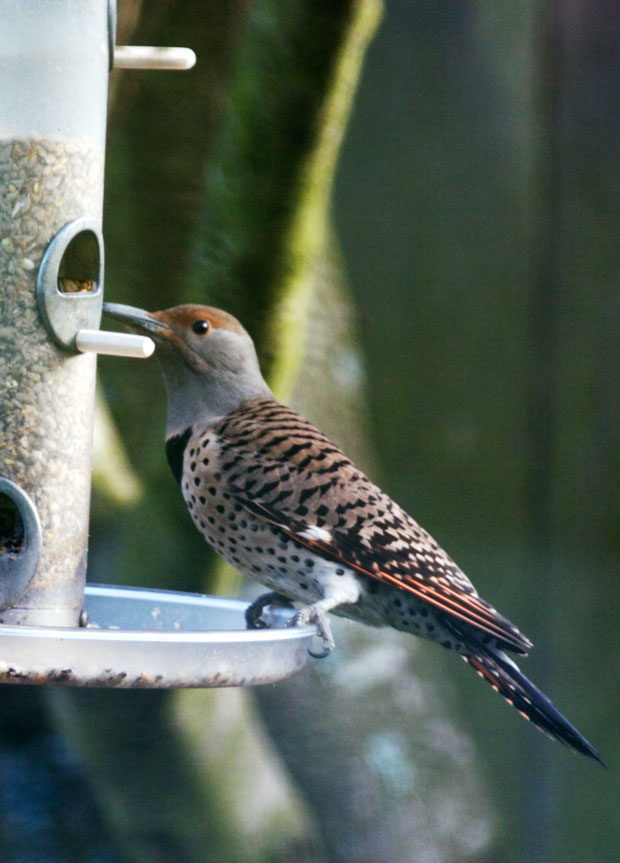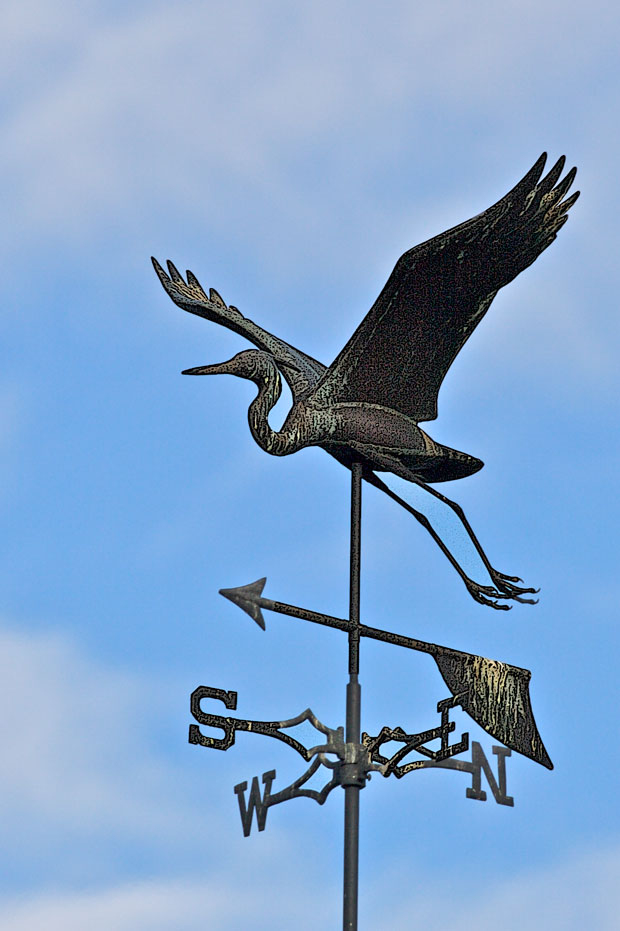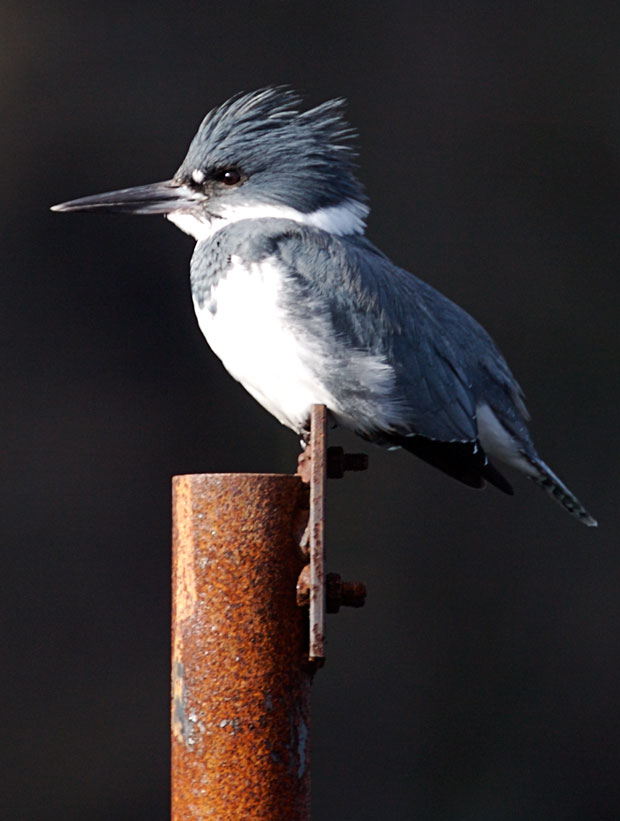If my delightful bird photos haven’t already inspired you to take up bird watching, perhaps you’d better get a hold of Simon Barnes’ How to Be a (BAD) Birdwatcher. It was a gift from Debbie awhile ago when I was becoming interested in birdwatching, but it has gone a long ways toward confirming my own views about birdwatching. Though I’m certainly not an expert birdwatcher, I am a BAD Birdwatcher as Barnes defines it.
Barnes begins by identifying the main reason to watch birds:
I wasn’t looking for birds, but I am always looking at them, you see. Not for reasons of science, or in hopes of a fabulous rarity, or to make careful observations of seasonal behavior. Just because looking at birds is one of life’s greatest pleasures. Looking at birds is a key: it opens doors, and if you choose to go through them you find you enjoy life more and understand life better.
I’ve certainly felt that birdwatching opens new doors and that I enjoy my outdoor ventures even more than I did before, and that’s saying quite a lot since being outdoors has probably been the greatest joy of my life.
Heck, birdwatching makes everyday life more delightful, even when I’m stuck in the house waiting for a package to come:
But before the understanding comes the wonder. Comes the delight. And that is the first aim of being a bad birdwatcher: the calm delight of the utterly normal, and the rare and sudden delight of the utterly unexpected.
At it’s best, birdwatching can make a very ordinary day magical, like the first time you see a Belted Kingfisher that you’ve only read about in your local paper.
Some people are intimidated by the sheer number of birds they see, but Barnes sees that as source of inspiration
I bring you this notion of the immensity not to fill you with horror and make you give up, but to fill you with wonder. Watching birds, however badly, is like looking at the sky at dusk on a frosty night; endless numbers of stars, endless mysteries, and, the more you look, the more you see. Some can put a name to every star in the heavens, others can name just one or two, some can’t even do that; but the great celestial mystery inspires awe in all who raise their eyes upward.
not frustration. You don’t have to be able to name birds in order to enjoy watching them. After all, a Belted Kingfisher, by any other name, would thrill you with his fabulous dives and taunt you with his raucous call whenever you tried to get close enough to take a picture.
Of course, like most birdwatchers, Barnes really thinks you should make the effort to learn the names of most birds:
LBJs, say some people, meaning Little Brown Jobs. If life is too short to stuff a mushroom, life is certainly too short to try to tell a willow warbler from a chiffchaff, not to mention a black-throated green warbler from a golden-cheeked warbler.
Fair enough: stick to telling the difference between a swan and a duck
when you start off. Don’t let the bewildering variety put you off. Instead,
let it inspire you. Bewildering variety is not an unfortunate occurrence.
Bewildering variety is what life is all about. When you try to tell the
difference between a willow warbler and a chiffchaff, you are not just
posing yourself a puzzle to test your own observational skills. You are
also entering into life’s deepest mysteries. The name of that mystery is
biodiversity.
I’ll have to admit I never really understood how diverse ducks were until I started trying to identify the ones I was seeing.
As I can testify, it’s easy to get confused when trying to identify birds:
You start by blundering about and making a good few blunders, too. Everybody does. My advice is to carry on blundering in a totally unembarrassed way. The more you look, the more blunders you will make, and the more blunders you make, the more you will see, and you find that slowly a pattern has been building up without you realizing it. This building up of patterns is one of the deeper joys once you begin to understand the rhythm of birdwatching, you are beginning to understand the rhythm of the birds themselves. Which is nothing less than the rhythm of life.
but it’s nice to think that this blundering might actually serve a function, beyond letting readers know that I am no more an expert on bird watching than I am on poetry.
Like this:
Like Loading...
